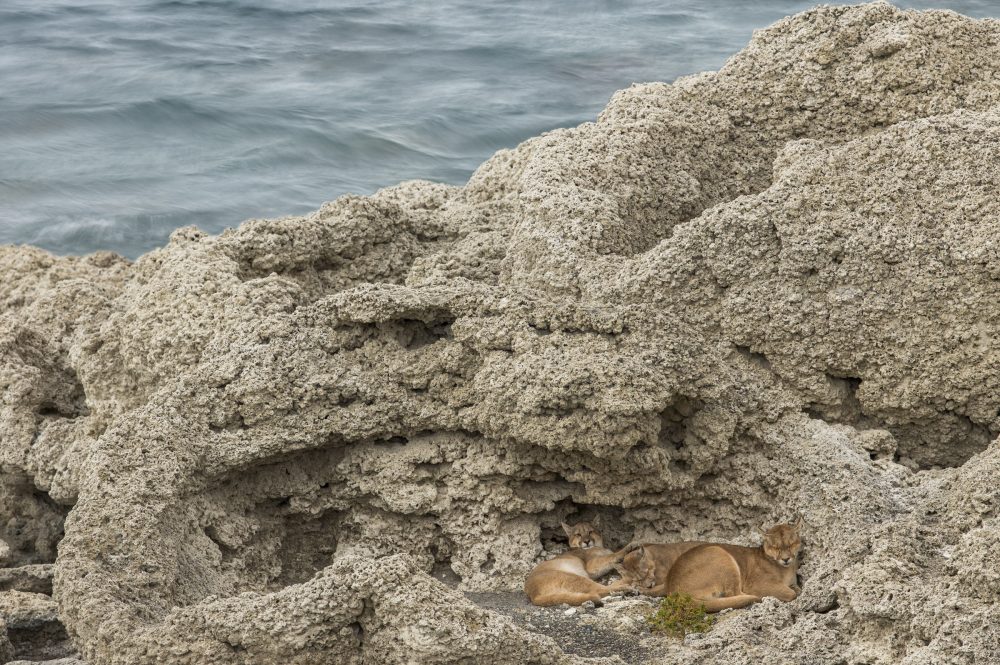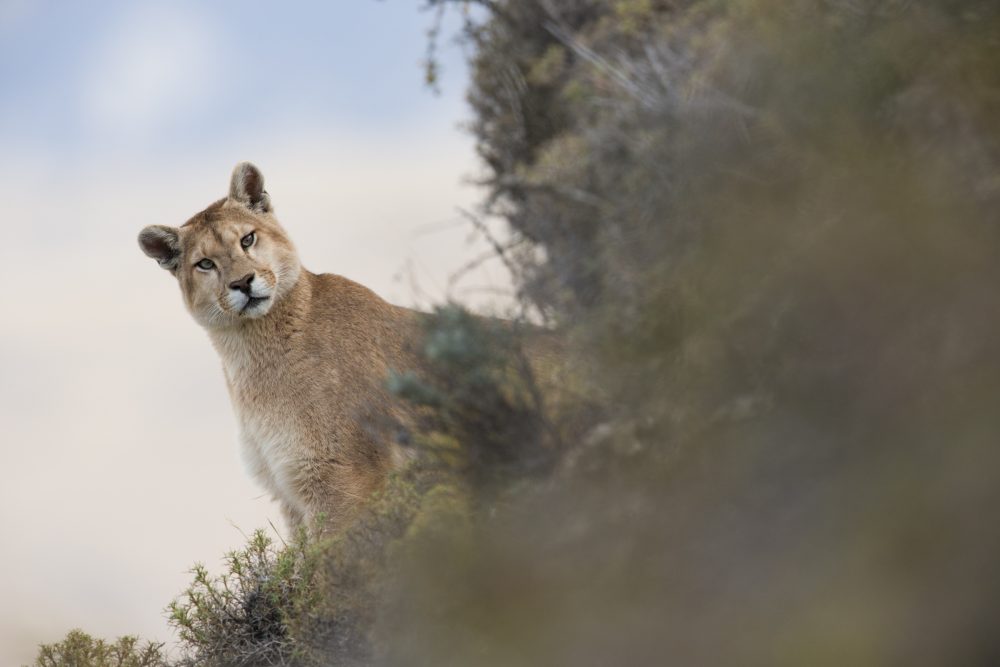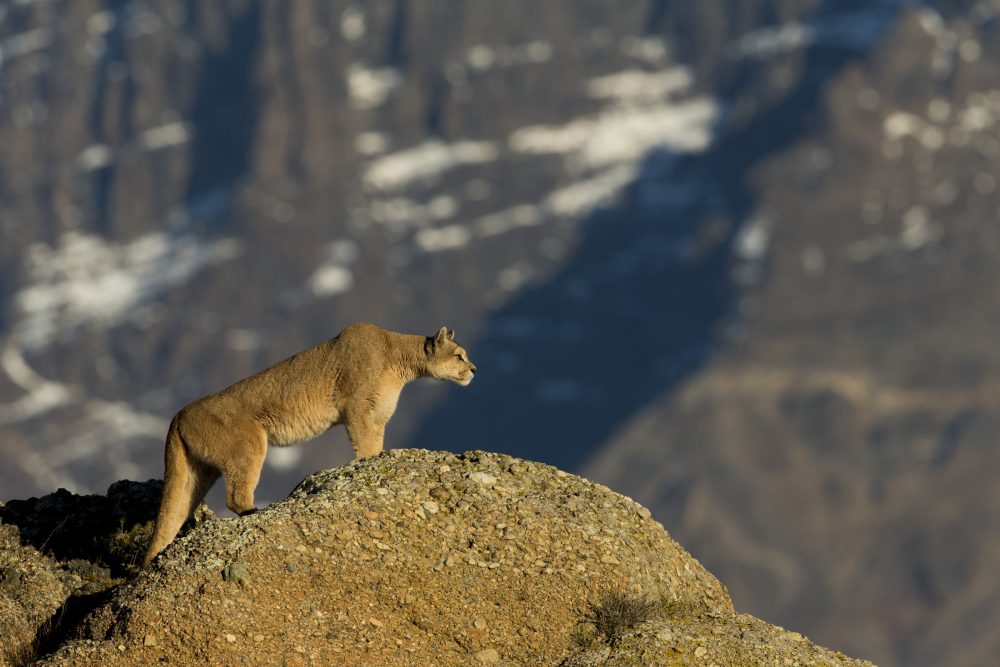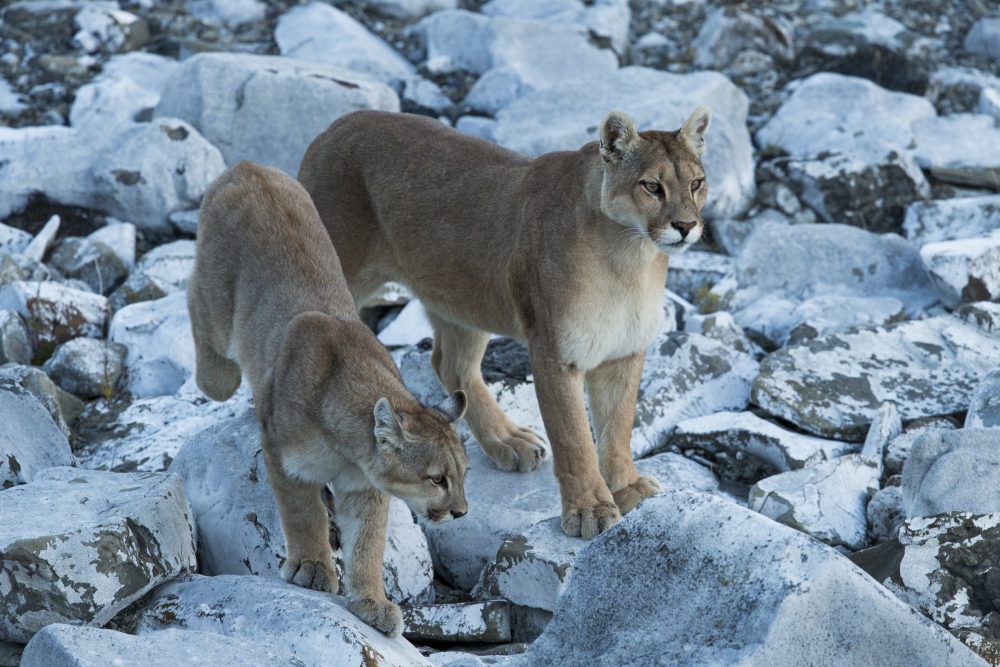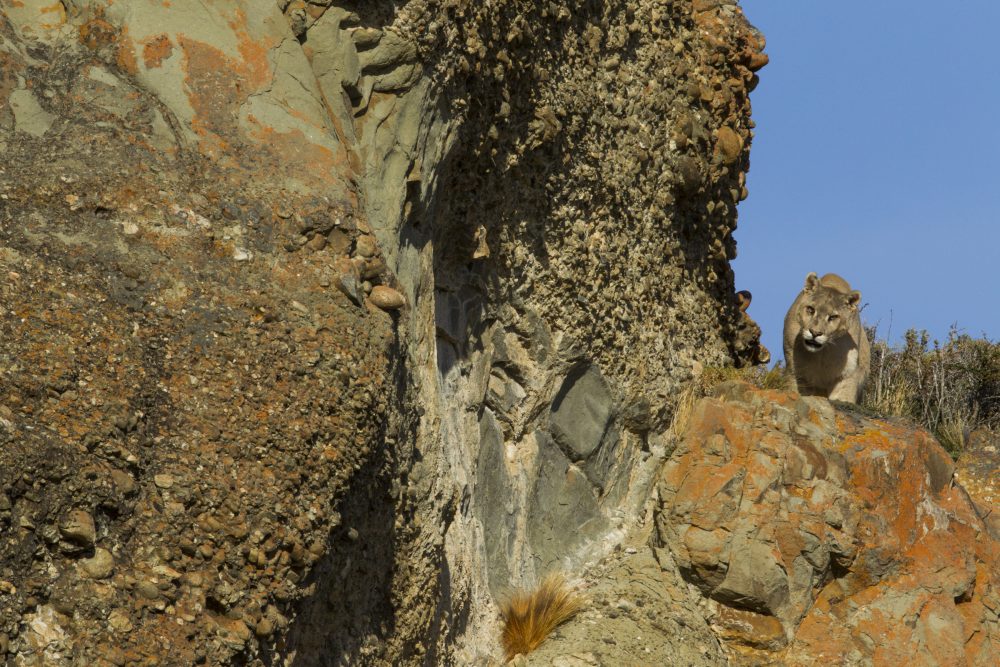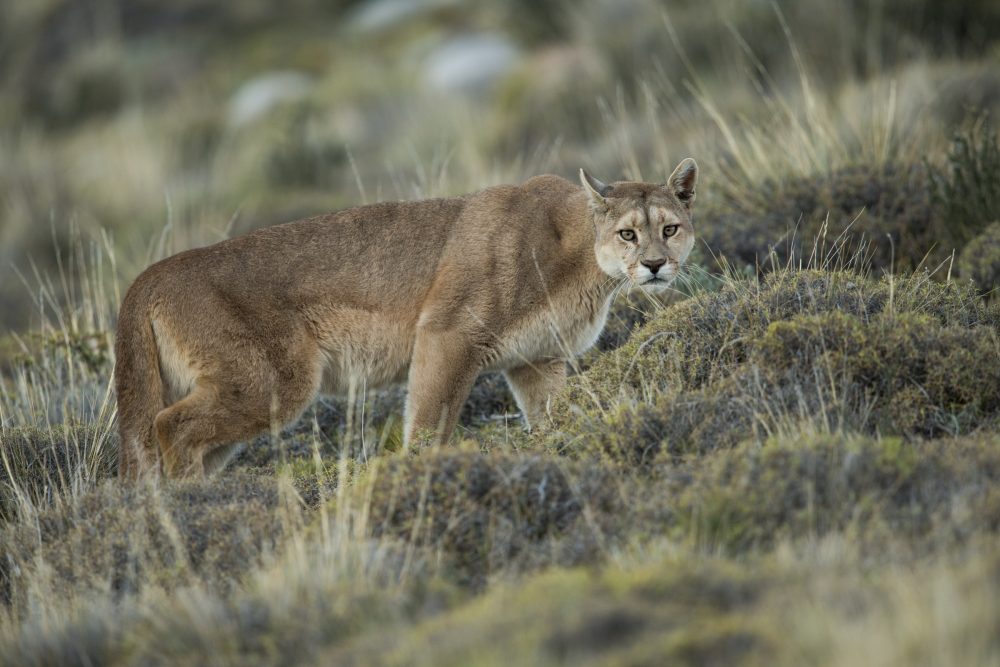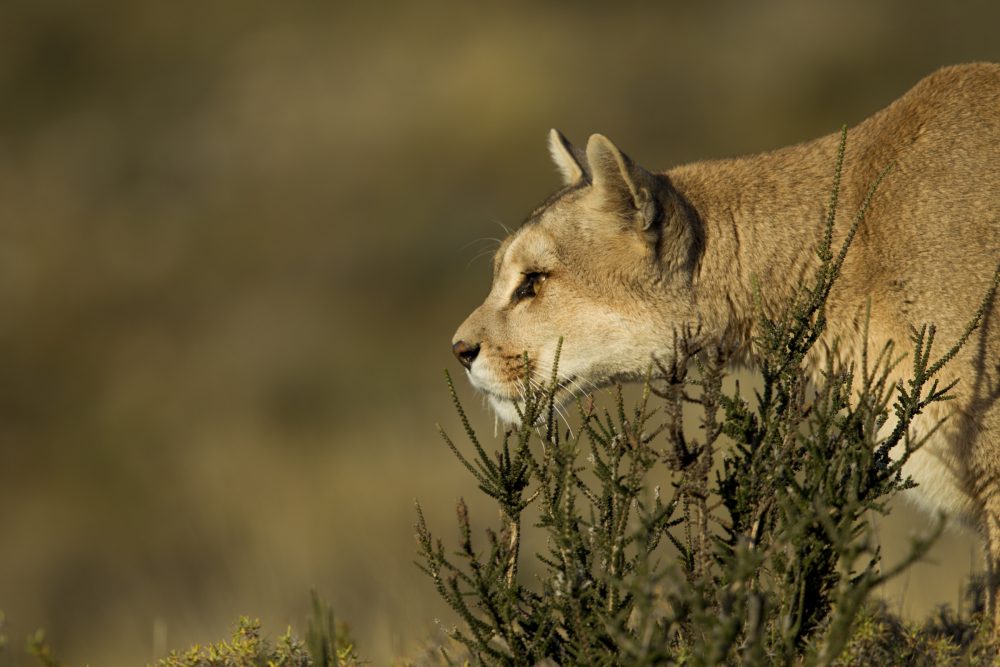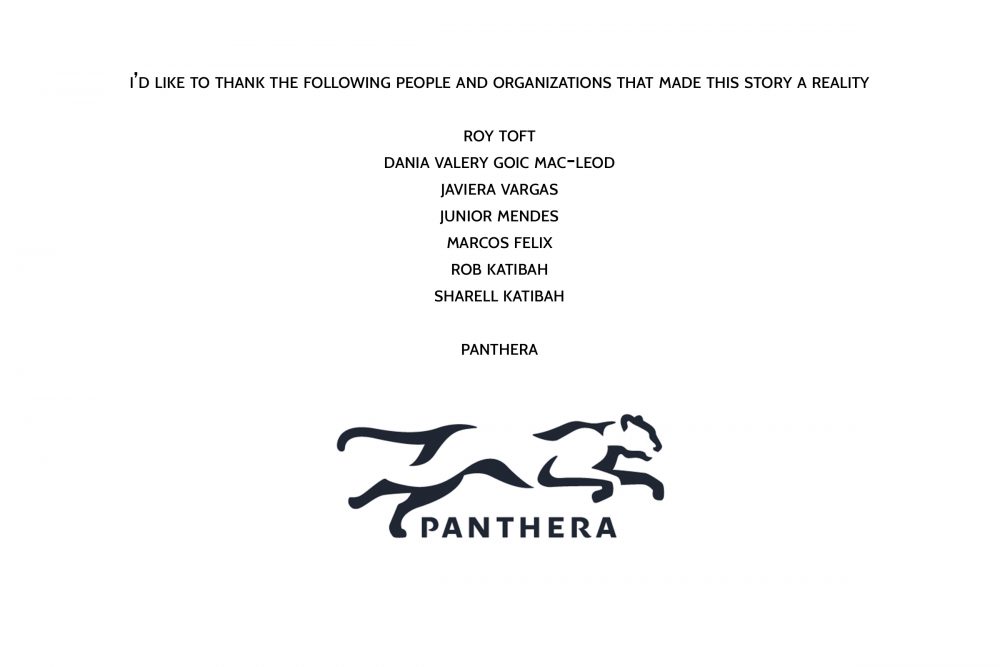Puma, mountain lion, cougar, catamount, panther, shadow cat. By which ever name you call it, this magnificent feline species is the most widely distributed carnivore in the western hemisphere. Their range extends from Canada to the most southern parts of Chile and Argentina. Yet, they are barely ever seen. They have earned their shadow cat name. This is true across their entire range, with one exception: Torres del Paine National Park. Found in Chilean Patagonia near the southern tip of the continent, the park provides an incredible backdrop to observing pumas in the wild.
From a scientific standpoint these pumas are not unique. Like elsewhere, female’s territories overlap those of males and of each other, while male territories only overlap those of females. Their home ranges vary from from 24 to 107 km2, with females occupying smaller territories than males. Guanacos, a camelid species, is the puma’s most important prey item in the area. Though between 60-74% of the puma’s diet is comprised of native herbivore species in this part of Patagonia, domestic sheep are often preyed upon as well.
The question remains, why is it possible to see pumas in this part of the world, and not anywhere else? The answer is conservation. The seven hundred square mile park and the adjacent 6,662 hectare Laguna Amarga Ranch provide a healthy prey base and a safe haven where the animals are not persecuted or negatively affected by people in any way. This has led to some of the highest puma densities found anywhere in the world, with one area of the park reportedly having up to three pumas per square kilometer. A subset of these pumas has learned that they don’t have to fear humans. They sleep, hunt, and raise their young, without a care in the world that tourists are staring at them.
These mountain lions are the lucky ones. During interviews conducted in 2005 and 2006, Anna Kusler and her colleges determined that 86% of ranchers surrounding Torres del Paine National Park had a negative perception of pumas. This was due to pumas predating their sheep. Consequently, persecution of these animals continues to this day. In previous years, up to seventy-five pumas have been killed in the area annually. The situation is by no means black and white, as both wildlife and people need to be able to coexist. Several options can reduce the conflict between cougars and people. This includes using livestock guarding dogs to protect the free roaming sheep, corralling sheep at night, and eco-tourism.
The owners of Laguna Amarga Ranch have switched their business from livestock husbandry to puma watching. Up to four tour companies offer puma watching safaris during the summer months on their land. To these ranchers, an alive puma is more valuable than a dead one. With time, this opinion of pumas may be acquired in other parts of their range, allowing pumas to step out of the shadows.
Bibliography:
Cougar Management Guidelines Working Group. 2005. Cougar management guidelines. First edition. WildFutures, Bainbridge Island, Washington.
Franklin W. et al. 1999. Ecology of the Patagonia puma Felis concolor patagonica in southern Chile. Biol. Conserv. 90: 33–40.
Hornocker M. et al. 2010. Cougar, Ecology and Conservation. 91-99.
Kusler A. et al. 2017. Local perceptions of puma–livestock conflict surrounding Torres Del Paine NP, Chile. Cat News 65, 13-16, 2017.
Zanon Martínez J.I. et al. 2012. The ecological role of native and introduced species in the diet of the puma Puma concolor in southern Patagonia. Oryx 46, 106-111.


